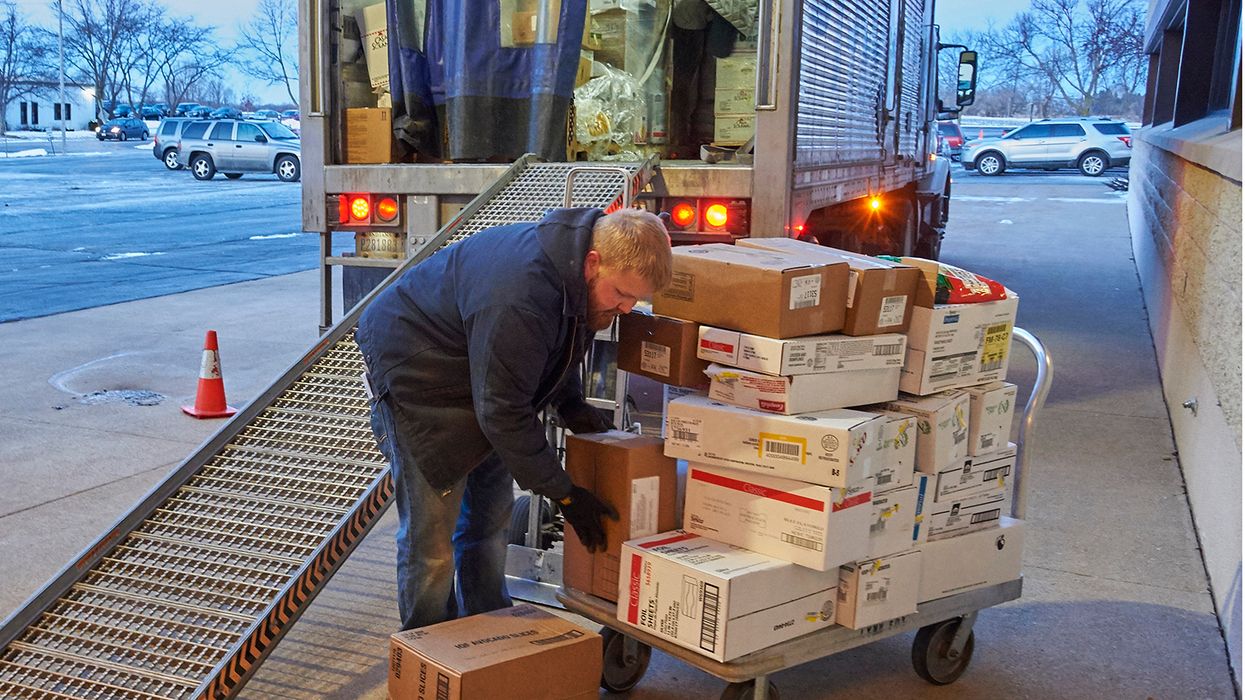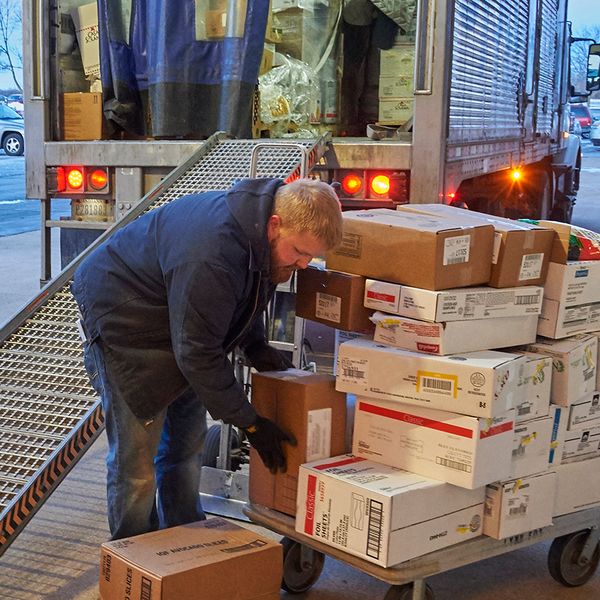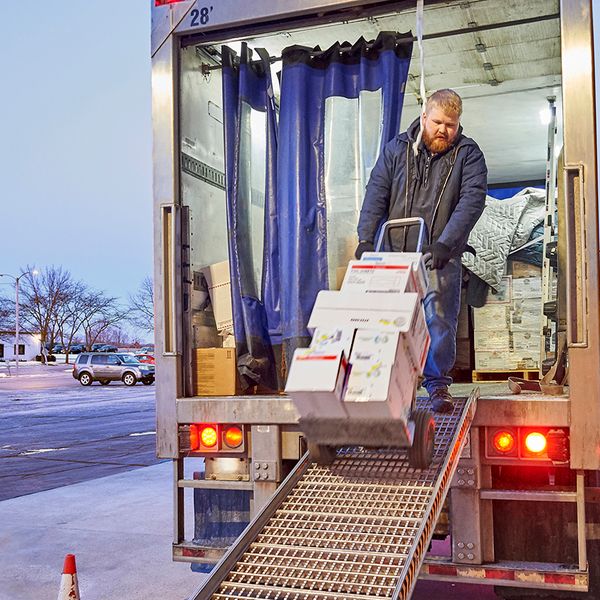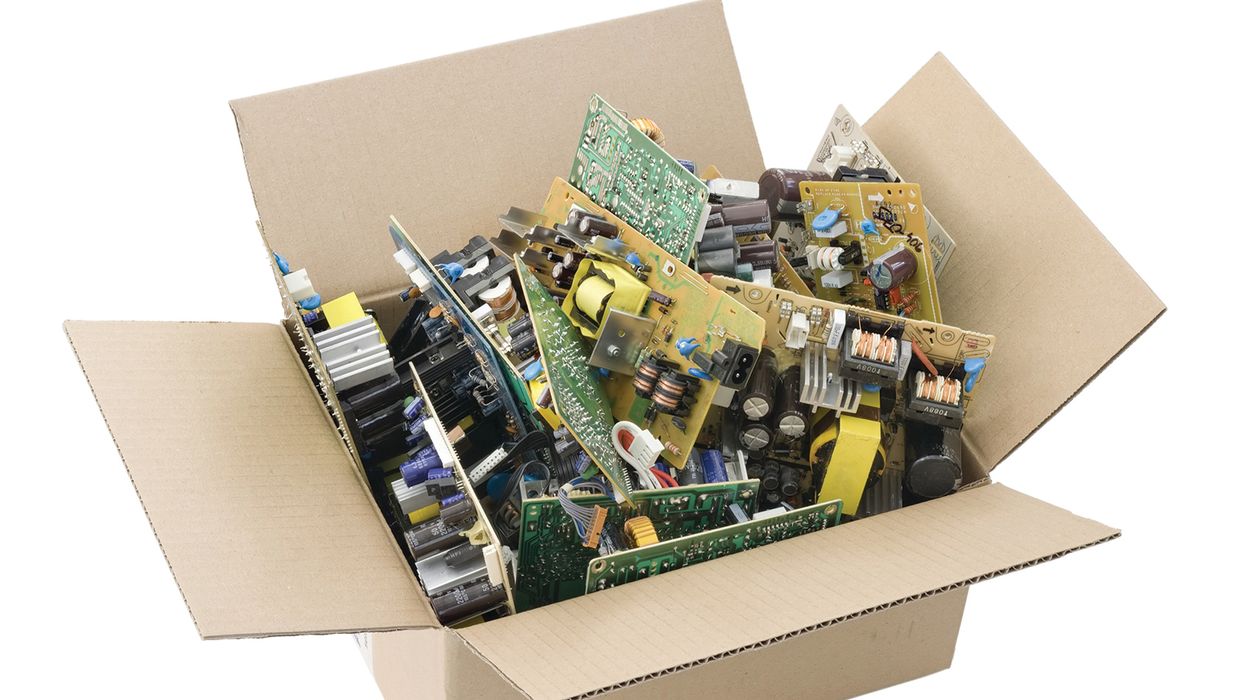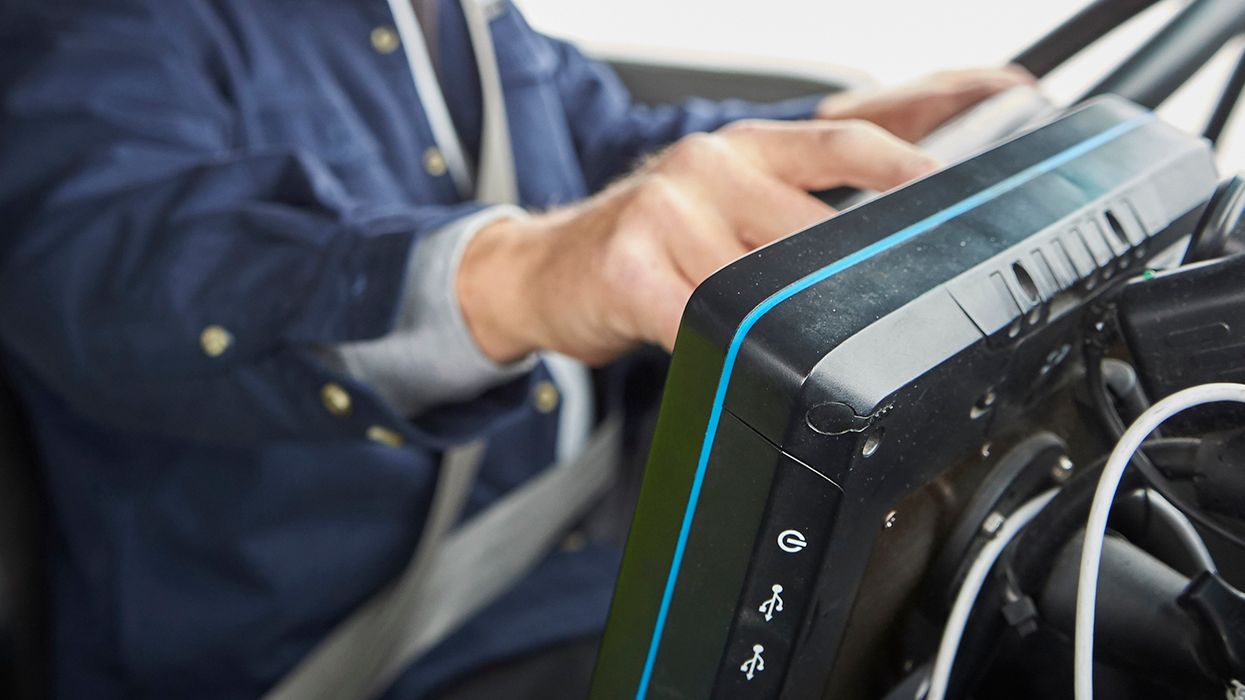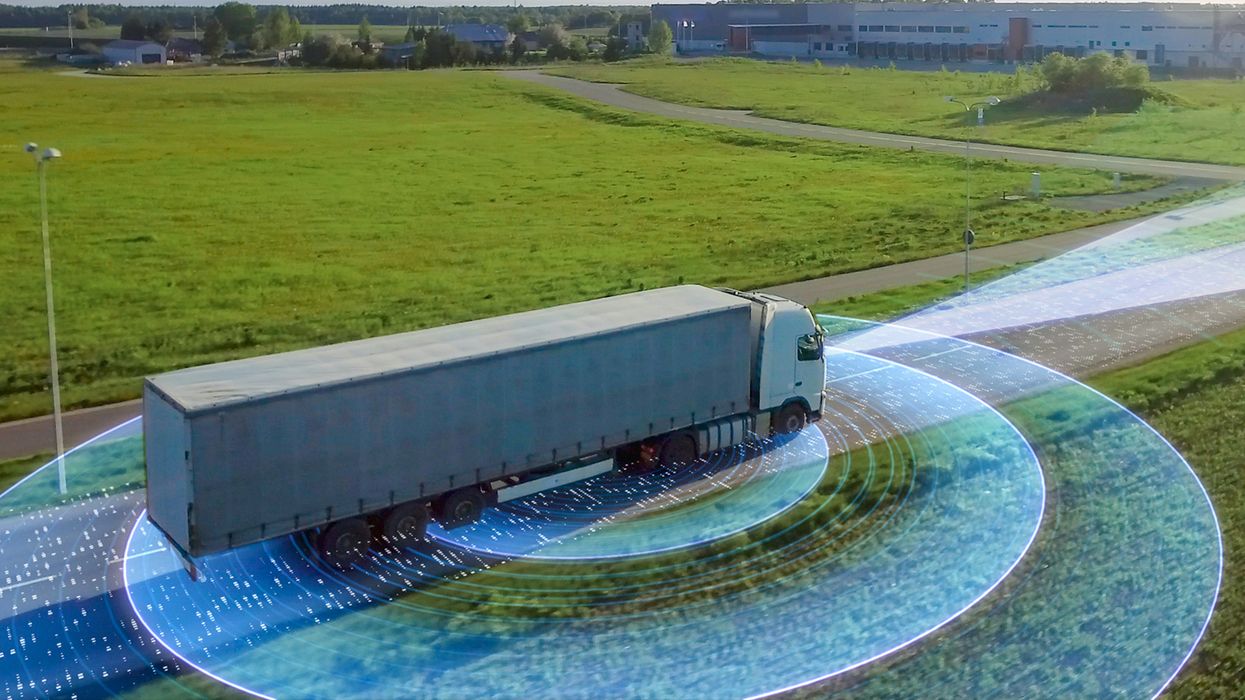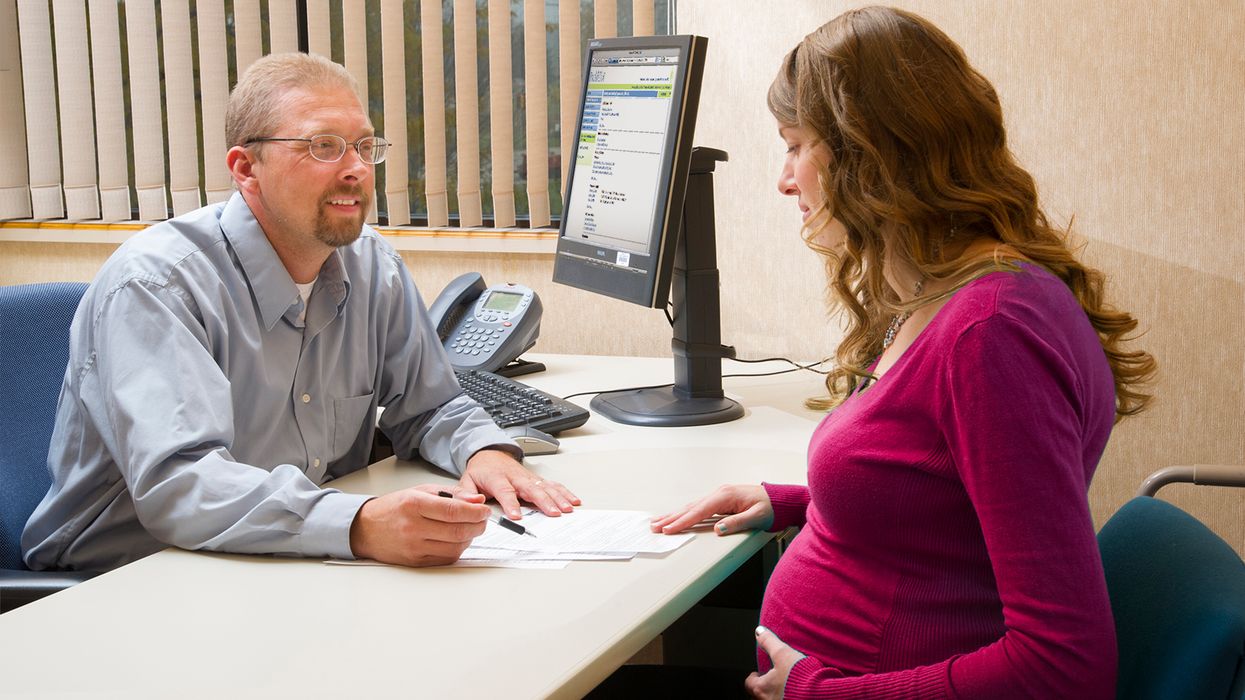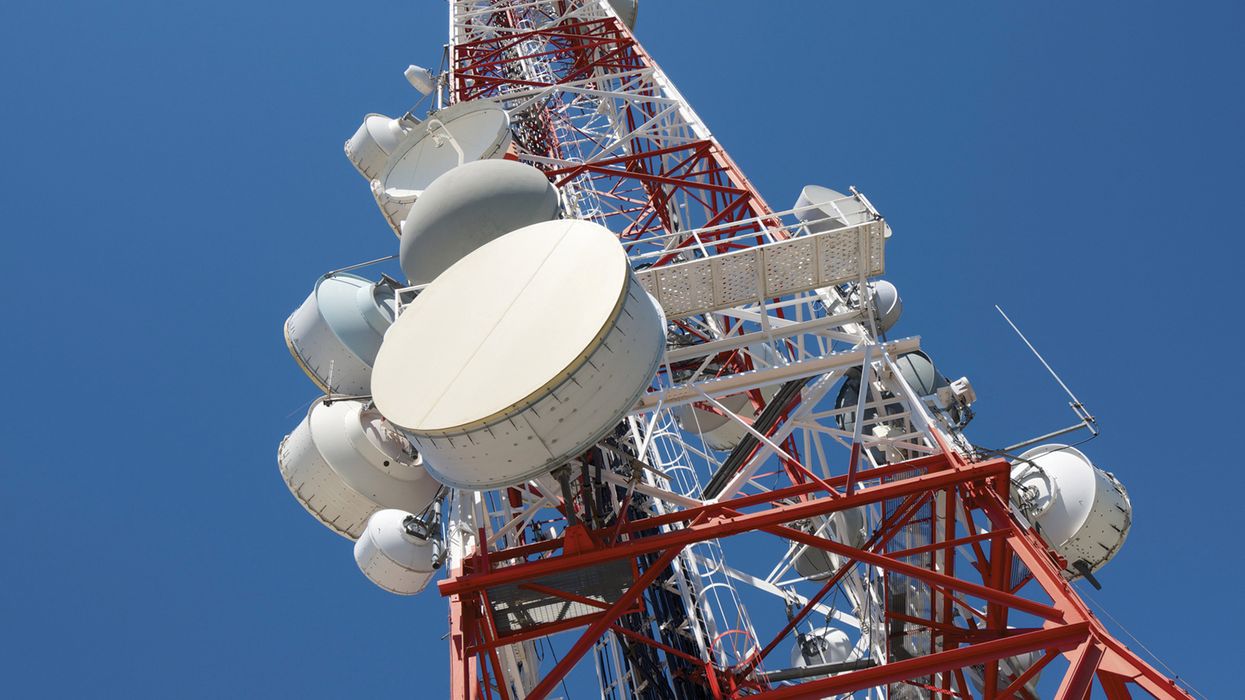Keeping it cool: Three technologies to consider for “reefers”
It is difficult to keep perishable (likely to spoil quickly) foods safe for human consumption or even saleable during transport. Food loads rejected at delivery for out-of-parameter temperatures or damage during transit can cost tens of thousands to a half million dollars or more for seafood or other high-value products. To reduce losses, a few key technologies have come down in cost help reduce losses and meet or exceed customer demands.
Before using these trailer technologies, carriers should develop a robust inspection and preventive maintenance program. If such a program is in place, three options to consider are:
1. Refrigerated trailer telematics
Refrigerated (reefer) carriers have been increasing the use of telematics to remotely monitor and control the status of the trailer and the perishable products they haul. Food safety, as well as food quality, is their top priority. The latest trailer telematics allows carriers to:
- Change the operating mode to off, continuous, or start/stop remotely.
- Reduce load rejections for food safety or quality by providing proof of load and ambient temperatures during transit.
- Meet customers’ contractual temperature monitoring requirements and aid compliance with the Sanitary Transportation of Human and Animal Food rule.
- Verify the reefer fuel level and avoid running out, which puts a load at risk.
- Reduce expenses on maintenance and other trailer operating costs.
More advanced reefer units can alert carriers and drivers to problems before product damage occurs.
2. Trailer tracking and sensors
Trailer tracking has been more affordable and reliable with improvements in battery recharging and sensors, as well as wireless communication between the cab and the back office. Sensors can indicate:
- Temperature,
- How long a trailer has been idle and at which location,
- When the cargo doors have been opened or closed, and
- Whether the trailer is empty or loaded.
Some customers use trailers as rolling warehouses. Telematics data helps justify demurrage (a per-day trailer use charge) or when to move the trailer to a more efficient customer.
Knowing the location and status of trailers also helps:
- Reduce driver time searching for trailers and improve on-time service,
- Enhance revenue generation,
- Use assets more efficiently, and
- Increase visibility to high-value shipments when disconnected from trucks.
3. Cargo cameras
Drivers take breaks from the truck, so around-the-clock monitoring is not feasible when a driver is operating solo.
Cargo thieves are diligent about staking out good places and times to steal cargo. Cargo cameras can help identify the thief, the location, and the time of the theft.
Cargo cameras also help confirm the following:
- The percent trailer cube utilization after loading or for partial unloads;
- Cargo damage; and
- Trailer cleanliness and the presence of dunnage (pallets, straps, or garbage).
These technologies can help differentiate a carrier and enhance profitability in the hyper-competitive food-hauling environment.
Key to remember: Carriers should consider trailer technology that increases food safety, reduces claims, and meets or exceeds customer demands.

